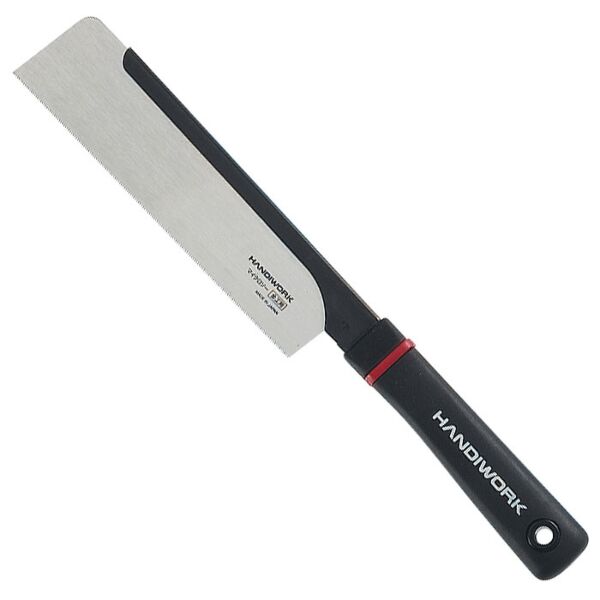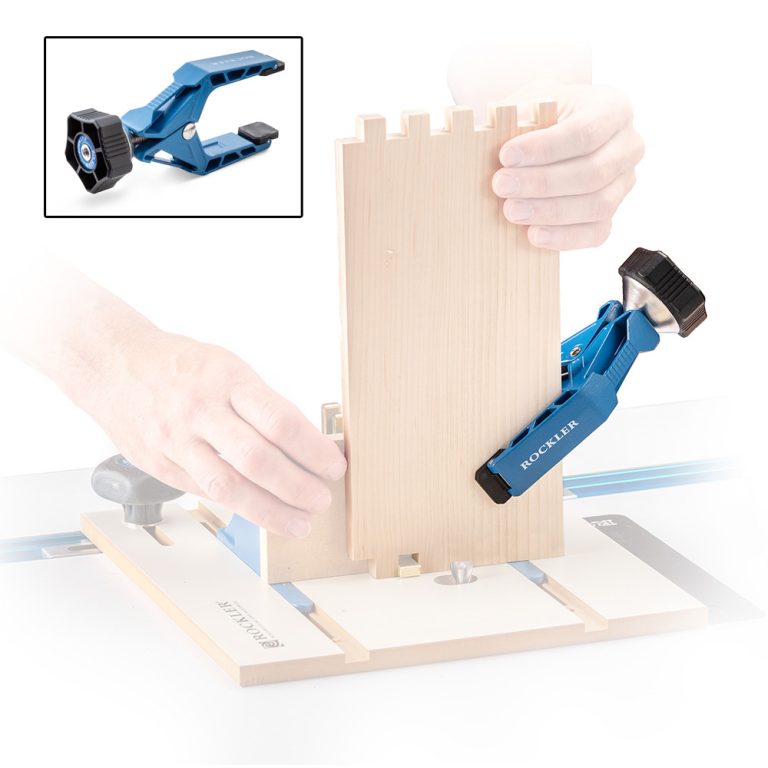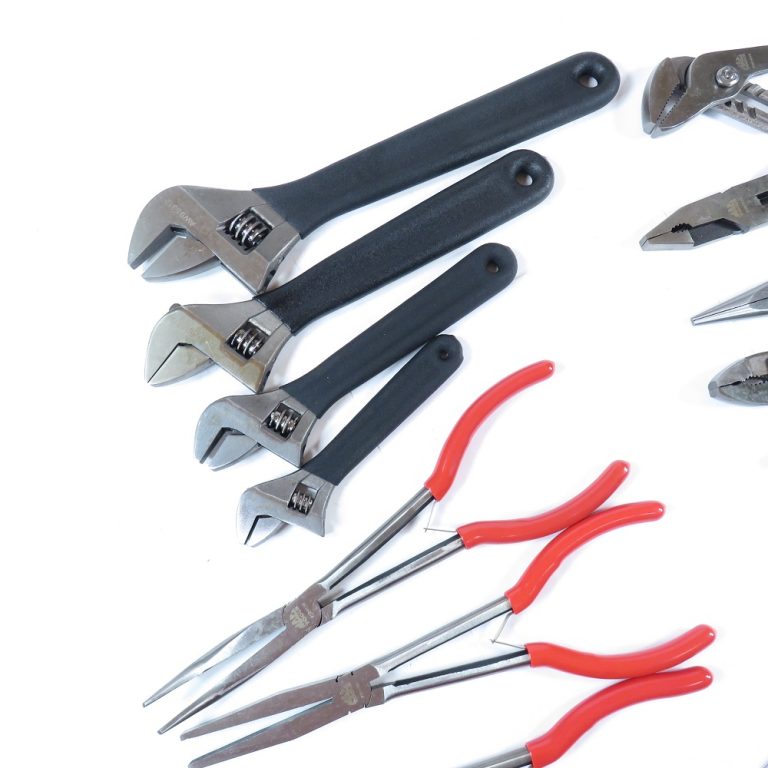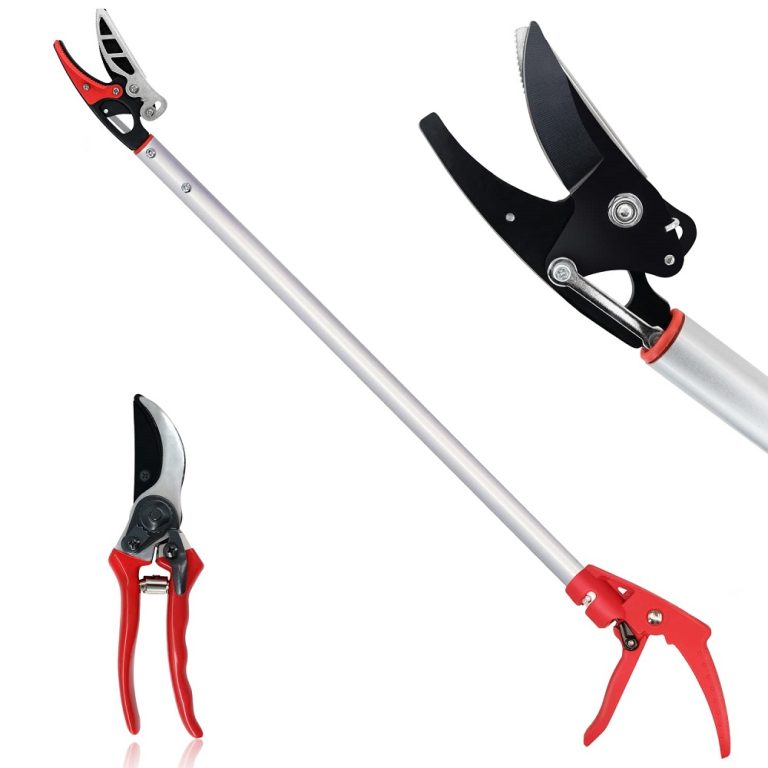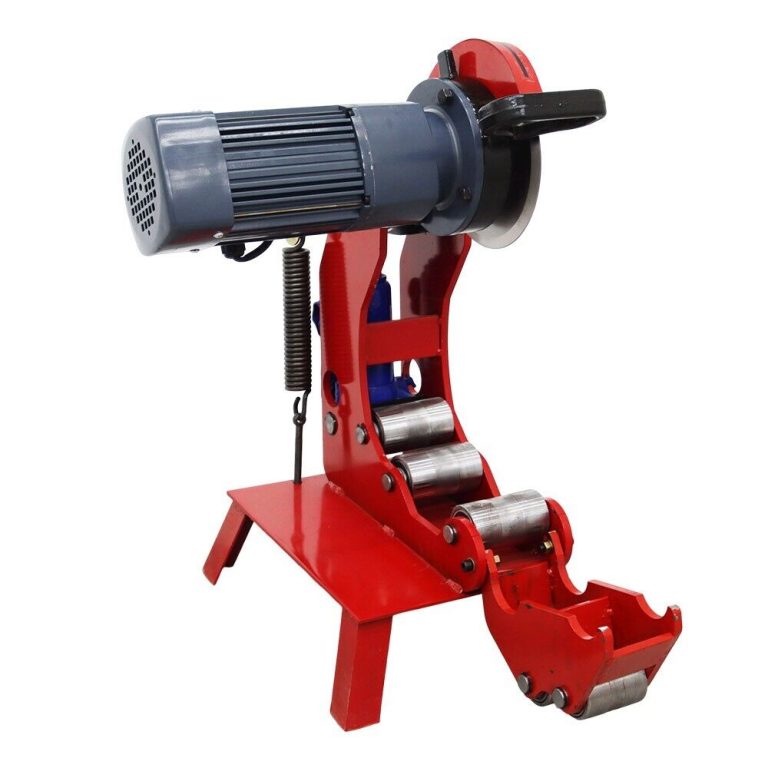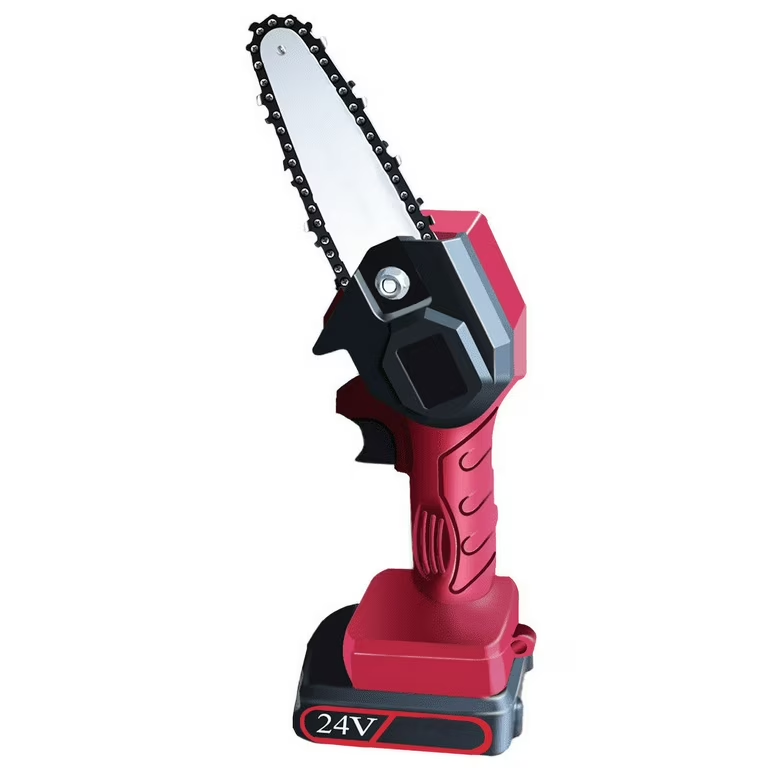Introduction to Japanese Saws
Japanese saws offer unparalleled precision and an exceptional cutting experience. Unlike Western saws, which cut on the push stroke, Japanese saws make their mark by cutting on the pull stroke. This unique approach results in better control and less exertion from the user.
As they pull through the material, the tension on the blade increases, maintaining its straightness and reducing the risk of bending. They’re designed with thinner blades as well, which means they remove less wood with each stroke. The result is a faster and more efficient cut, requiring less physical effort.
The distinctiveness of Japanese saws isn’t just in how they cut but also in their variety. There are different types tailored for specific tasks. From the precision cuts of a Dozuki to the deep, powerful strokes of a Kataba, and the versatility of a Ryoba saw, they cater to a broad range of woodworking needs.
These saws hold a high reputation for their quality and have become a favorite among carpenters and woodworkers worldwide. The finesse they bring to woodcutting projects is unmatched, making them a worthy addition to any toolkit.
In the following sections, we will dive deeper into the types of Japanese saws available, their key features, and how to select the right one for your woodworking tasks.
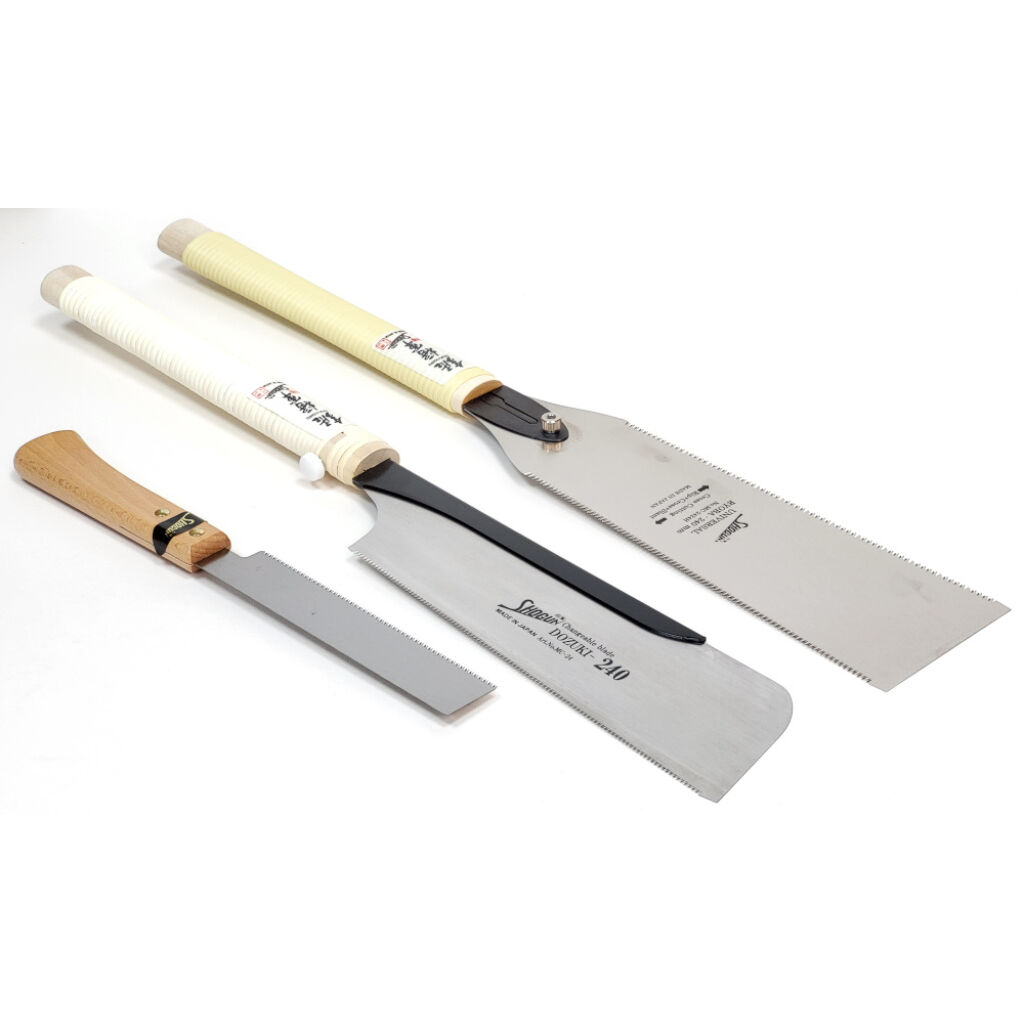
Types of Japanese Saws
Dozuki Saws
Dozuki saws, recognized by their thin blades, are perfect for detail work. Their fine teeth allow for precise cuts, making them ideal for joinery. These back saws excel in creating tight fits and clean edges in woodworking tasks.
Kataba Saws
Kataba saws lack a spine, which permits deeper cuts. They suit tasks involving beams and large panels. With Kataba saws, one can tackle robust cuts without sacrificing accuracy. These backless saws are the go-to for user requiring depth and precision in one tool.
Ryoba Saws
Ryoba saws are unique due to their double-edged blades. One side features teeth for ripping, while the other side is designed for crosscutting. This design makes Ryoba saws incredibly versatile for different woodcutting needs. They adapt well to both softwood and hardwood, becoming a favorite among woodworkers.
Key Features of Japanese Saws
Japanese saws standout with their intrinsic features that benefit woodworkers.
Thinner Blades for Precision
The blades of Japanese saws are notably thin. This design means less wood is removed with each stroke. It leads to more precise cuts and fine detailing. Such precision is valued in intricate woodworking tasks, such as joinery and cabinetry work. The thin blade allows for a cleaner kerf, improving the aesthetic and fit of wood pieces.
Cut Mechanics: Pull Stroke Advantage
Japanese saws are engineered to cut on the pull stroke. This method offers several advantages over push-stroke saws. For one, it ensures the blade is under constant tension, preventing bending and wavering during cuts. This also minimizes user fatigue, as pulling requires less force than pushing. In addition, this technique allows for improved control, delivering straight and accurate cuts. A pull stroke also means a lighter blade can be used, contributing to the overall precision and user comfort.
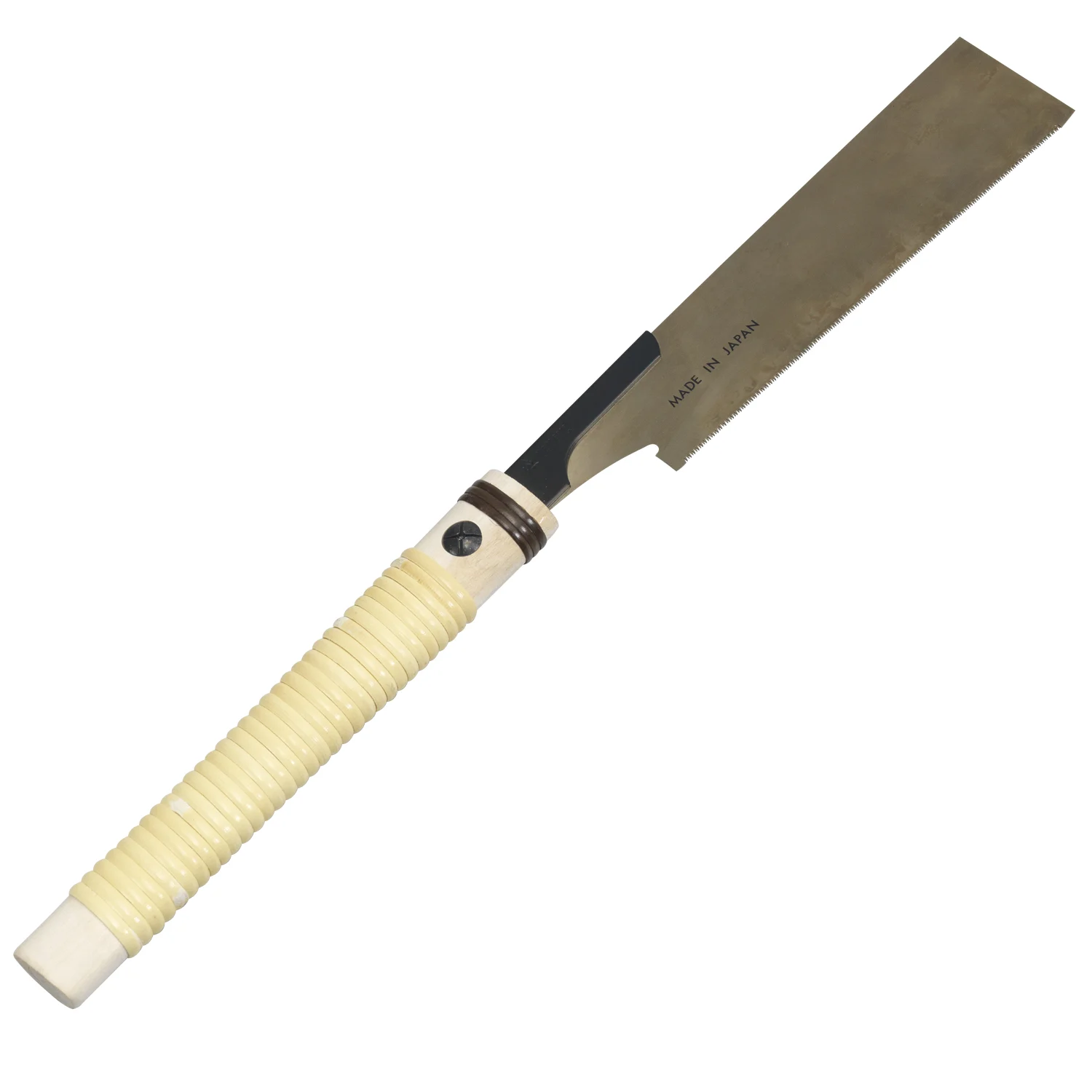
The Versatility of Ryoba Saws
Ryoba saws stand out with their dual-edged design. Each side offers different tooth patterns, making them remarkably versatile. Whether you’re working with softwoods or hardwoods, Ryoba saws adapt elegantly to various tasks.
Differences in Tooth Patterns
One edge of the Ryoba saw is equipped for ripping, featuring teeth that cut parallel to the wood grain. This allows for efficient and fast material removal. The other side is tailored for crosscutting, with teeth that cut across the wood grain. This side ensures clean and precise cuts, crucial for quality finish work.
By having both options in one tool, Ryoba saws enable woodworkers to switch between tasks seamlessly. This versatility saves time and space in the toolkit.
Subtypes of Ryoba Saws
Various subtypes of Ryoba saws enhance their adaptability. Each subtype caters to specific woodworking needs:
- Bluehard: Known for its stiffer plate, it ensures greater accuracy. It is ideal for joinery work.
- Komame: This subtype features finer teeth. It performs better on harder woods, making delicate cuts smoother.
- Seiun: Equipped with standard teeth, the Seiun is more suitable for cutting softwoods and milder hardwoods.
These subtypes ensure that whether you are a professional or an enthusiast, there’s a Ryoba saw that fits your specific woodcutting needs. They embody the ultimate blend of strength, precision, and flexibility that Japanese saws are celebrated for.
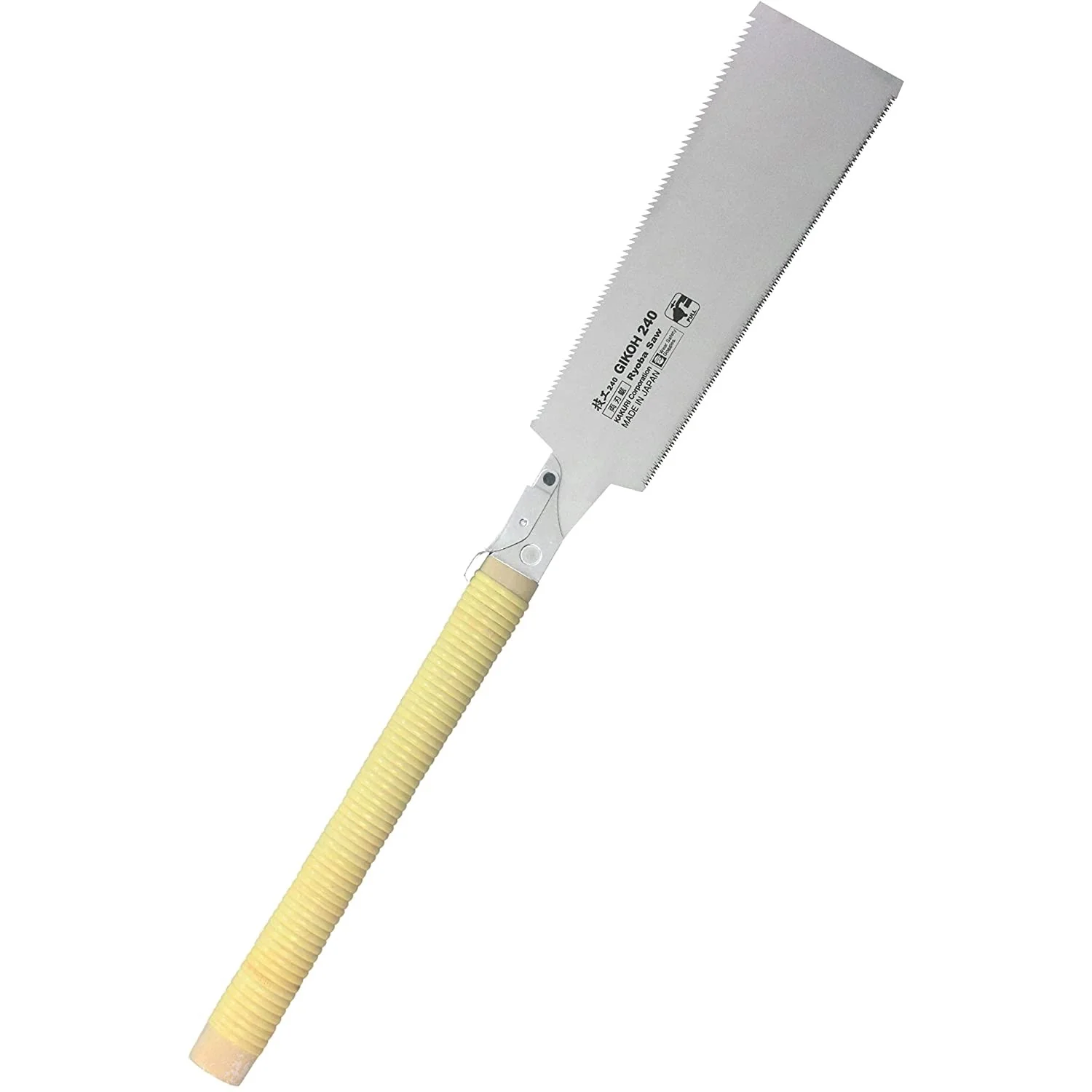
Choosing the Right Japanese Saw
Considerations for Wood Type and Cutting Needs
When choosing a Japanese saw, the type of wood you are working with is a key factor. Softwoods like pine require a saw with finer teeth for precision, while hardwoods like oak might need a saw with larger teeth for easier cutting. Each Japanese saw is designed for a particular cutting task:
- For delicate joinery or detailed cuts, a Dozuki with its fine teeth is ideal.
- If you’re cutting through thick beams or panels, a Kataba can manage deeper cuts with accuracy.
- For versatility, covering both ripping and crosscutting in various wood types, a Ryoba is an excellent choice.
The size and length of the saw also matter. Longer saws tend to be coarser and better for larger workpieces, while shorter saws provide more control for precision cuts.
Besides wood type and size, consider the frequency of use and the precision required for your work. If you are working on intricate joinery, a Bluehard Ryoba may be the best option due to its stiffer blade and heightened accuracy. For frequent cuts in harder woods, consider a Komame Ryoba with finer teeth, ensuring smooth cuts. And for those working mainly with softwoods, a Seiun Ryoba with standard teeth is more suitable.
Finding the right Japanese saw means balancing these considerations against the specifics of your project. Remember, choosing the correct saw will affect not only the quality of your cuts but also your overall ease and enjoyment of the work. Ensure that Japanese saws feature prominently in your toolbox and watch as they achieve clean, precise cuts with every use.
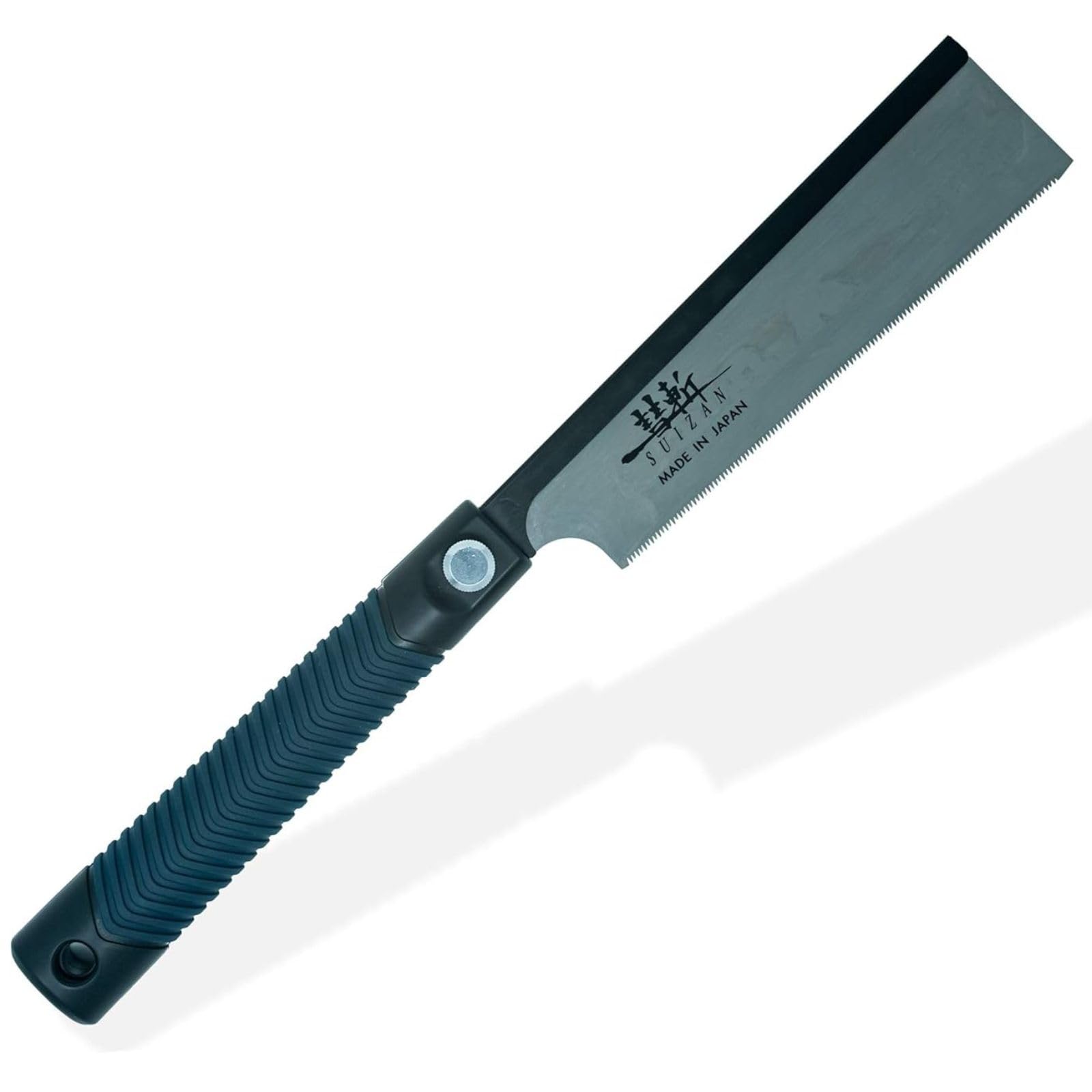
The Cultural Significance of Japanese Saws
Beyond functionality, Japanese saws hold cultural significance. They represent a rich tradition rooted in Japanese craftsmanship. Many artisans view their work as an extension of their identity. This belief creates a connection between the maker and the tool. Consumers also appreciate this cultural richness. Owning a Japanese saw often means possessing a piece of history.
In Japan, woodworking is not just a trade; it’s an art form. The appreciation for the craft transcends mere utility. Techniques have evolved over centuries, reflecting changes in design and function. Each saw embodies this evolution, linking modern woodworkers to ancient artisans. This cultural narrative enriches the experience of using these tools, transforming them from mere implements into symbols of tradition.
Artisans often infuse their personality into each tool. Consequently, every saw tells a story through its design, materials, and craftsmanship. This connection fosters a deeper appreciation for the art of woodworking itself. For many woodworkers, using a Japanese saw is not just about cutting wood. It involves participating in a centuries-old tradition that values skill, beauty, and utility.
The Global Popularity of Japanese Saws
The global appeal of Japanese saws continues to grow each year. Woodworkers around the world recognize their superior performance and unique craftsmanship. As a result, they have become staples in many workshops, beyond Japan. This worldwide appeal stems from the combination of traditional techniques and modern innovation.
Online forums and communities discuss the benefits of using Japanese saws extensively. Enthusiasts share tips, techniques, and personal experiences, creating a sense of camaraderie. This growing community fosters an environment of learning and sharing. Many newcomers discover Japanese saws through these discussions, leading to increased interest and demand over time.
As more woodworkers explore these tools, the market adapts to meet their needs. Numerous companies now offer a variety of Japanese saws, making them accessible worldwide. Moreover, online retailers have expanded availability, allowing enthusiasts to purchase them easily. With this increased exposure, many woodworkers are excited to incorporate Japanese saws into their projects. They find new opportunities to improve skills and craftsmanship.
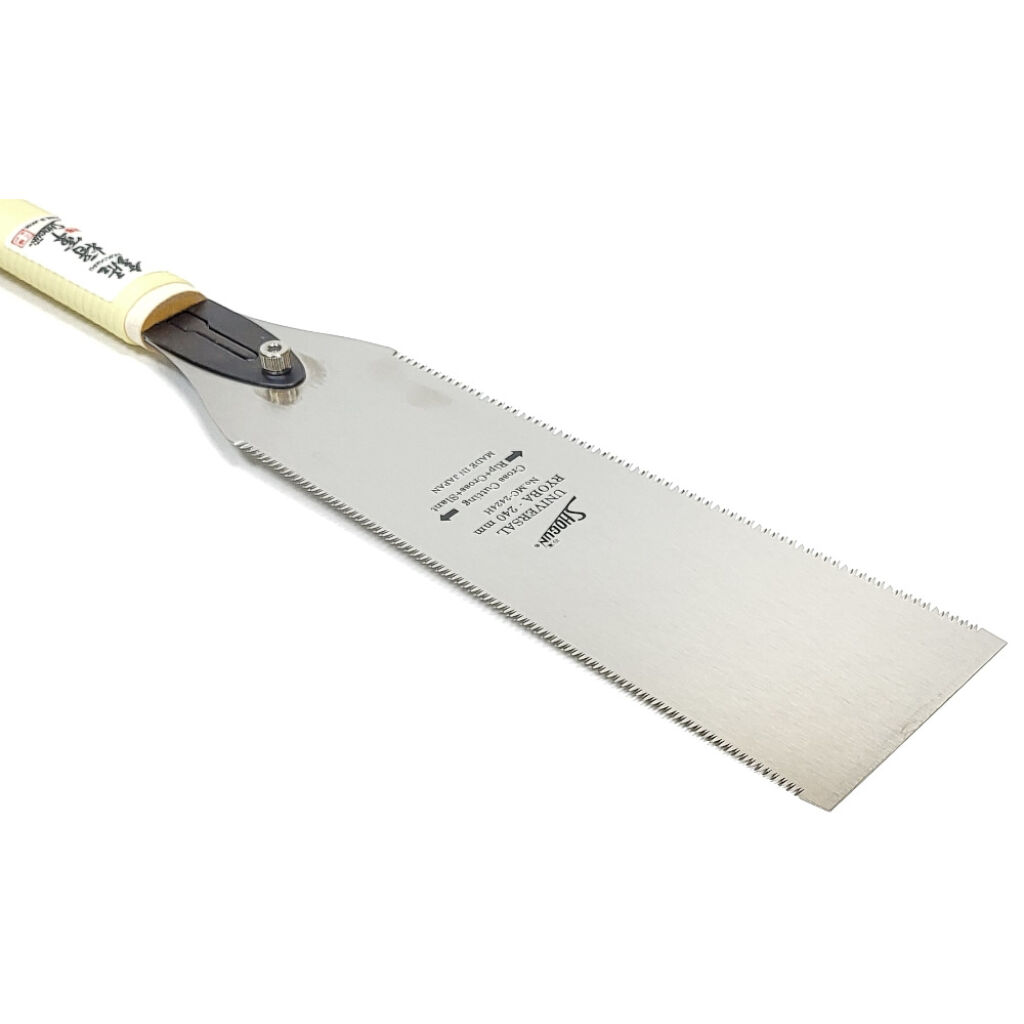
Care and Maintenance of Japanese Saws
Proper care ensures the longevity and performance of Japanese saws. Here’s how to maintain them for enduring use.
Keeping Blades Sharp
Always keep the blades sharp for the best performance. Dull blades make cutting hard and may damage the wood. Use a sharpening stone routinely.
Cleaning and Storing
After use, clean the blade with a cloth to remove debris. Store saws in a dry place to prevent rust. Don’t bundle them with other tools where they might get damaged.
Preventing Rust
Apply a light coat of oil on the blade to prevent rust. Especially if you live in a humid climate. Use oils designed for metal preservation.
Handling and Use
Handle your saw with care. Avoid forceful pushing. Remember, Japanese saws cut best on the pull stroke. Always use a firm yet gentle pull motion.
By following these simple care steps, your Japanese saws will remain sharp, precise, and reliable for all woodworking tasks.
